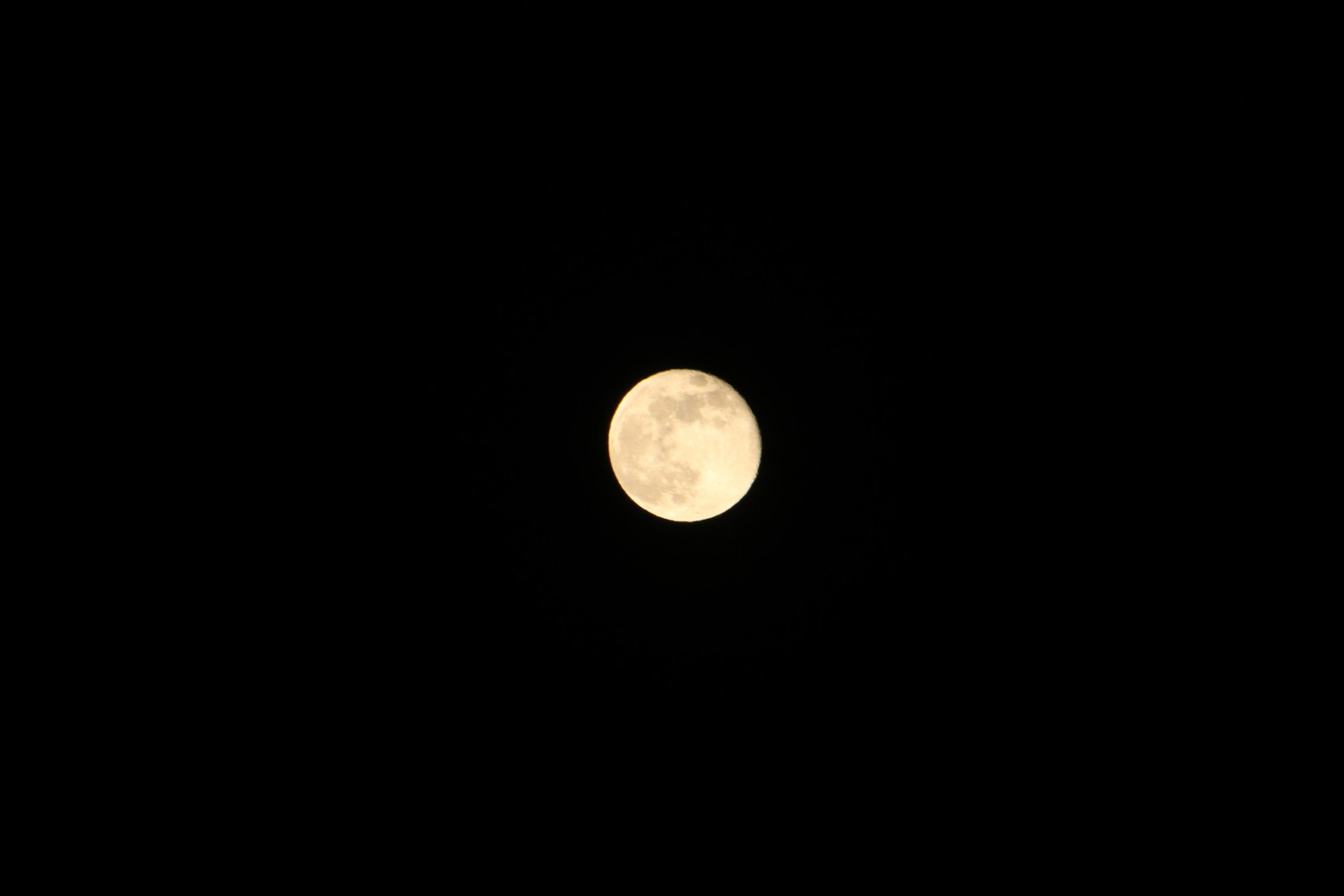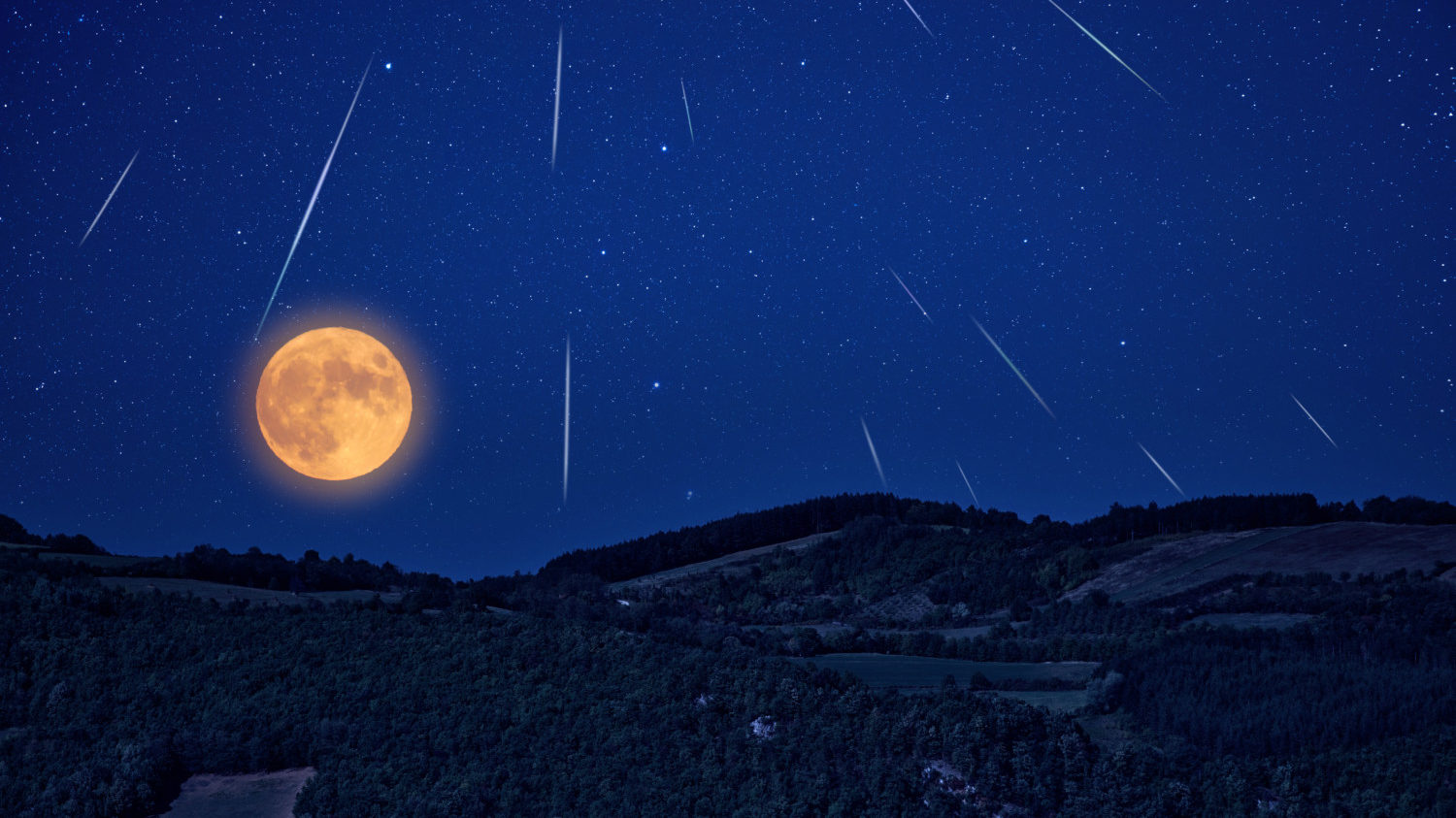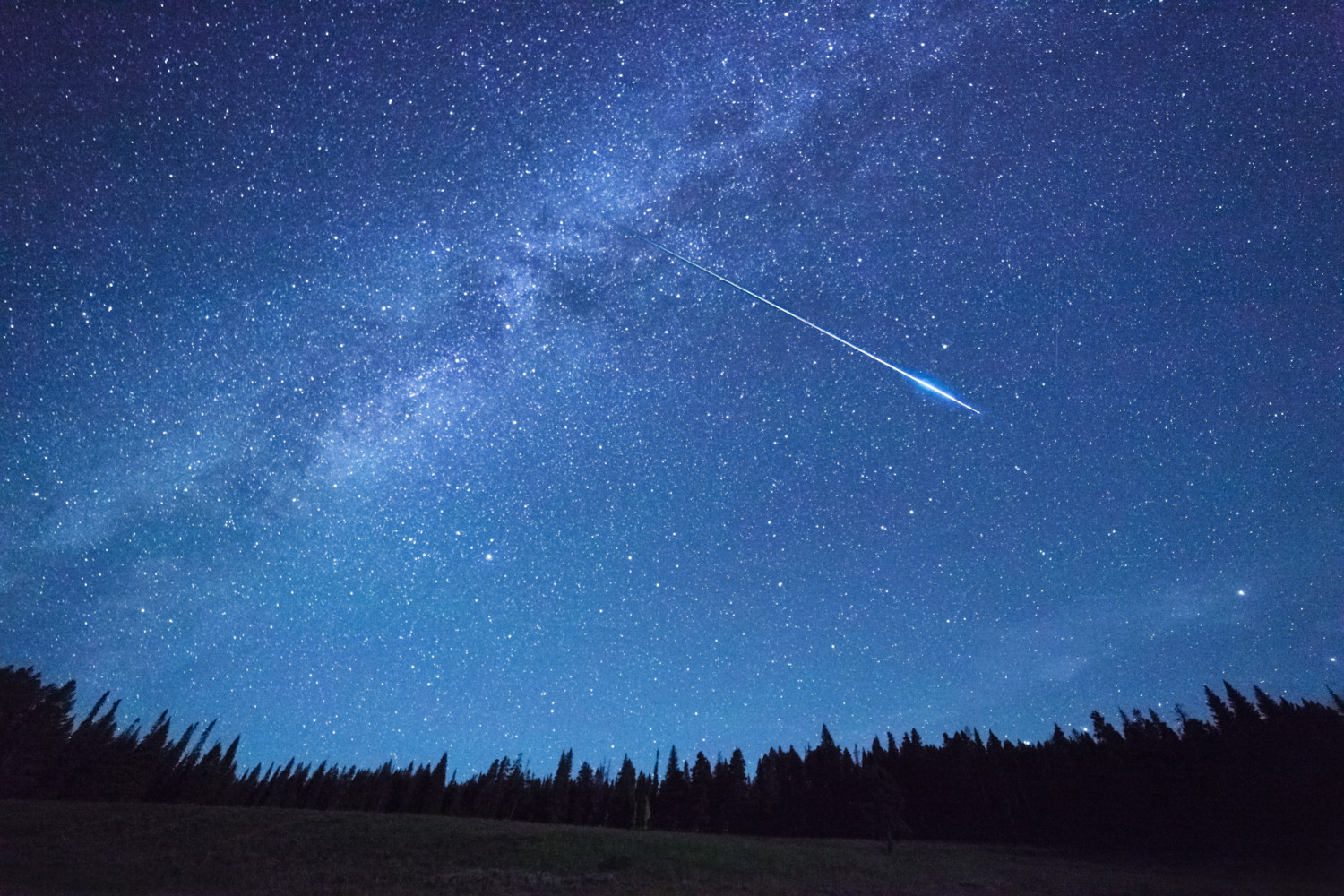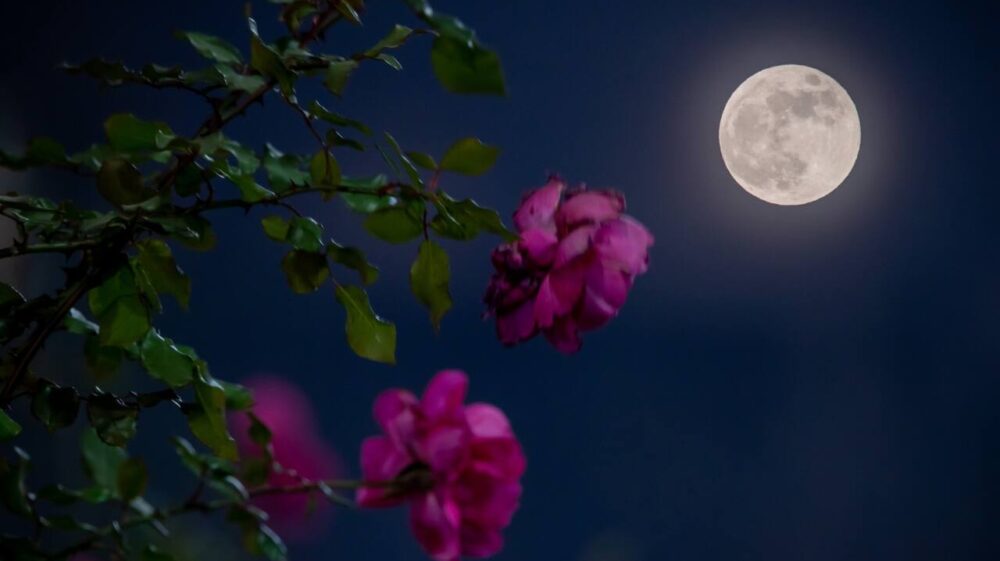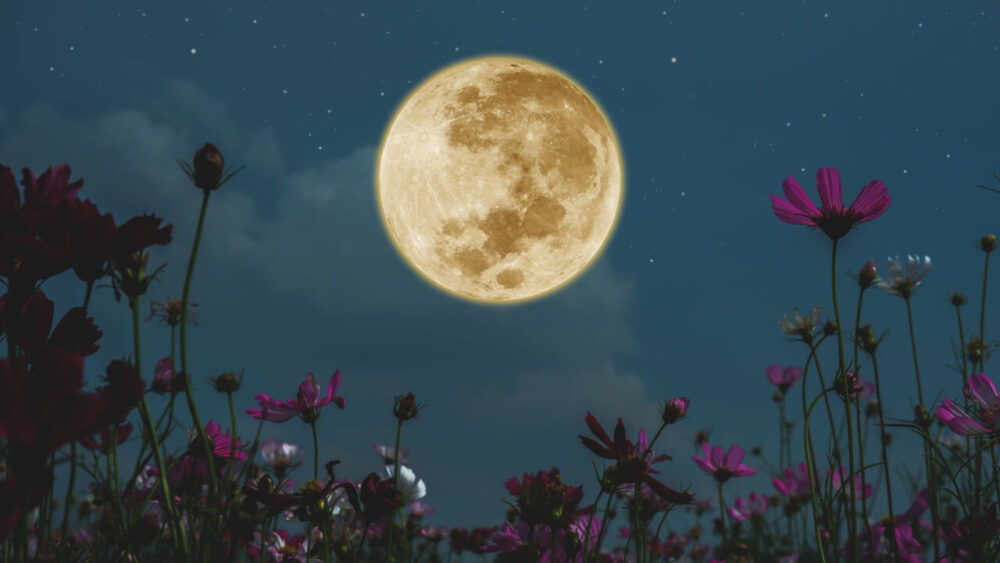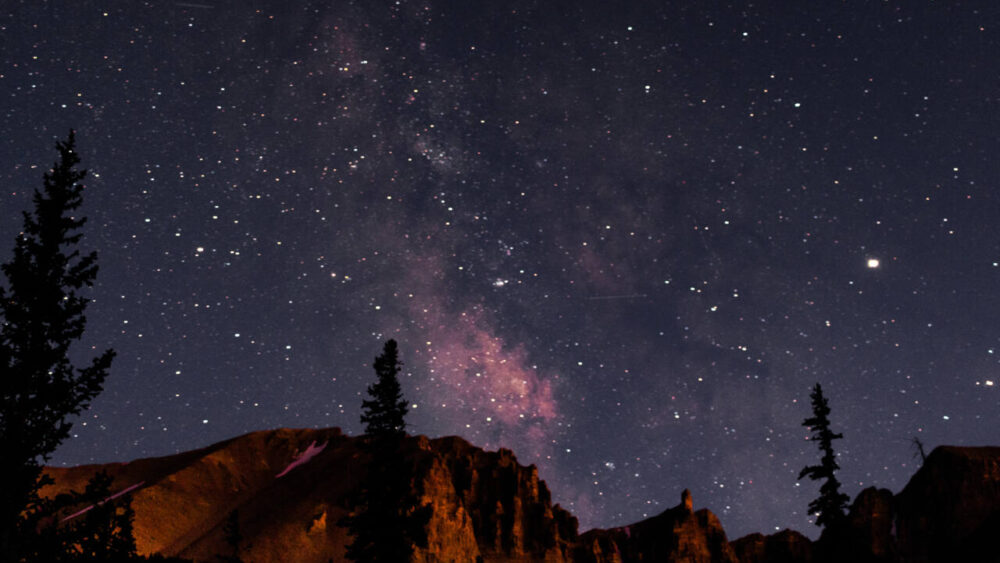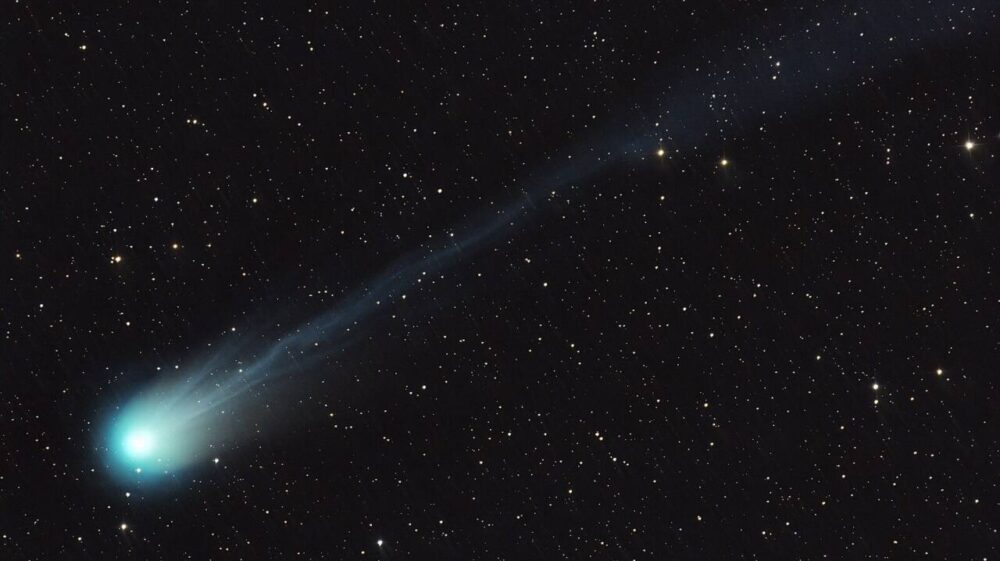May’s full Flower Moon arrives early in the month
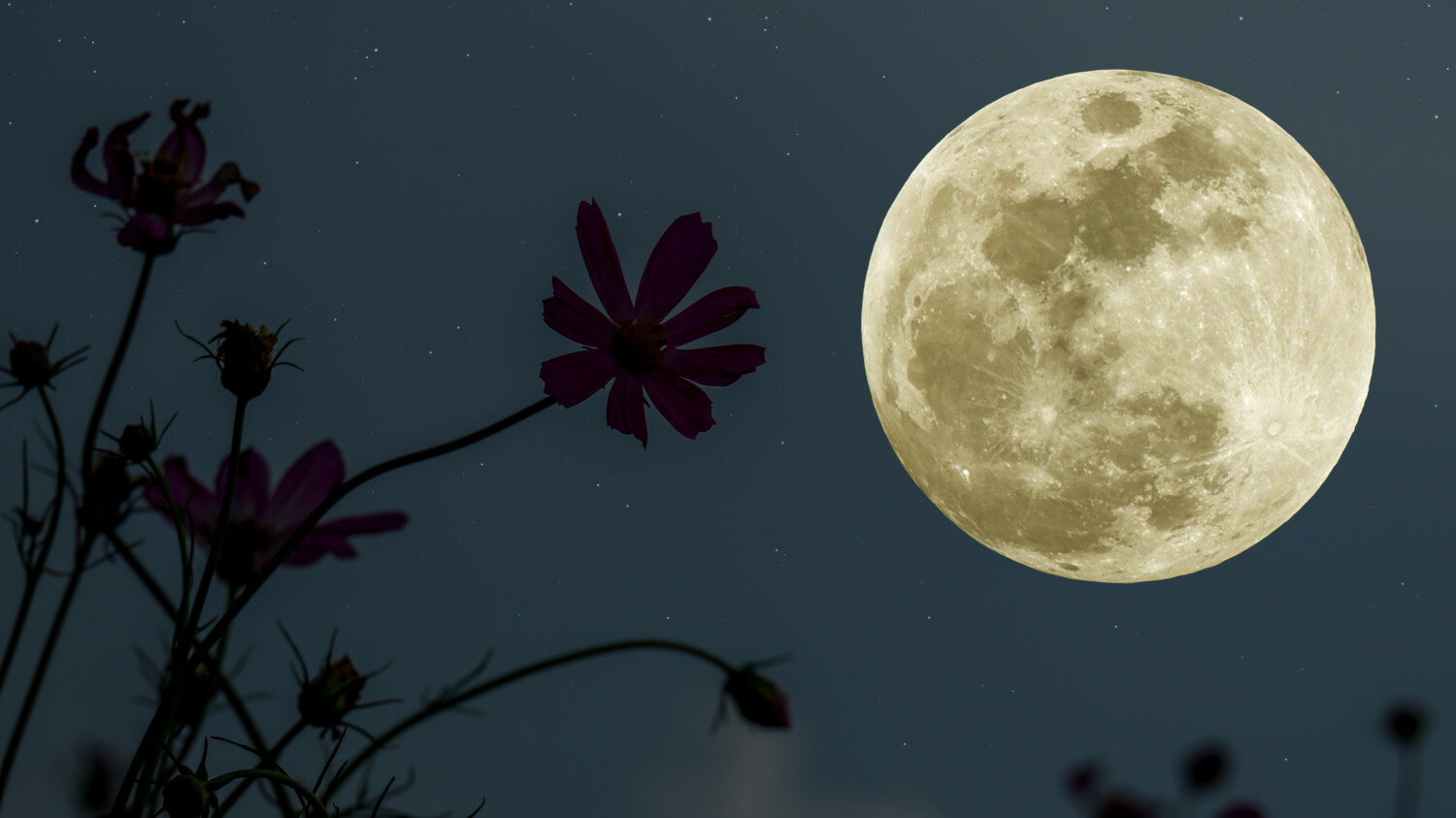
The May full moon arrives early in the month, and it coincides with the peak of an annual meteor shower.
May’s full moon, also known as the Flower Moon, officially occurs on May 5 at 1:34 p.m. EDT, which means the moon will appear full and bright on the nights of May 4 and May 5.
Unfortunately for any meteor shower watchers, those are the same nights the Eta Aquarids meteor shower is expected to peak.
The full moon’s brightness will wash out any faint meteors streaking across the sky and make it difficult to spot even the brightest meteors.
This timing shouldn’t discourage anyone, though, because there’s still a chance to get a good look at the full Flower Moon and a few meteors.
MORE: The best telescopes for home use, according to star-gazing experts
Full Moon May 2023: Why It’s Called The Flower Moon
The full moon names we use today come from Native American, Colonial American and European origins.
The passage of time was marked with each full moon, so the different moon names typically relate to the time of year. May’s Flower Moon got its name because this is when flowers begin to sprout from the ground and bloom.
Other names for May’s full moon also relate to mid-spring. It’s been called the Budding Moon and Leaf Budding Moon for when the leaves on plants begin to sprout.
More northern cultures referred to May’s full moon as the Planting Moon because it marked a time when the risk of frost and freezing had ended, and seeds could be planted.
Other May full moon names referred to animal habits in the spring, like the Egg Laying Moon or Frog Moon.
No matter what you call it, the May full moon marks a time of year when the weather is warming and the days continue to get longer.
How To See The Eta Aquarids Meteor Shower
The Eta Aquarids meteor shower happens every year when the Earth passes through the orbit of Halley’s comet. The dust particles left behind by the famous Halley’s comet enter Earth’s atmosphere and burn up as they head toward the surface to give us the meteor shower we see every year.
The meteor shower is most impressive in the Southern Hemisphere, but the Northern Hemisphere can get up to about 30 meteors an hour during the peak in a good year on a dark night.
This year’s peak is from the night of May 5 to the morning of May 6, the exact night when the moon will be the fullest and the night sky won’t be as dark. The bright full moon will prevent watchers from seeing all but the brightest meteors streaking across the sky.
Fortunately, the Eta Aquarids continue through May 28, so more patient watchers can wait until later in the month to see at least a few meteors. A particularly good night will likely be on May 19 during the new moon when the moon isn’t visible in the night sky.
A Summer Of Supermoons Is Still Ahead
This month doesn’t hold too many astronomical events for avid skywatchers, but the months ahead, particularly the summer months, are looking much more active.
Beginning in July and lasting through September, a series of four supermoons, including a rare blue supermoon, will travel across our night skies.
In between those full moons, there will be two more opportunities for different meteor showers — one in July and another in August.
As long as clear skies prevail during the warm summer months, there will be plenty of chances to see some amazing astronomical events.
Follow Meteorologist Jason Meyers on Twitter or watch one of his entertaining and educational YouTube videos.


